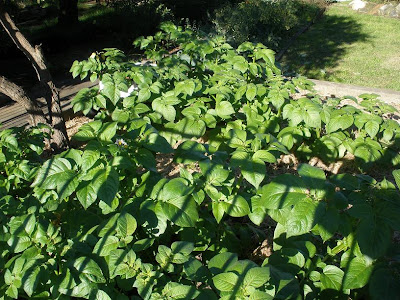Year One got busy making artefacts with paperbark. Interestingly, the girls tended to make baskets for gathering flowers and seedpods.



The boys were drawn to making balls with paperbark and string and then playing rowdy games of throw, chase and tackle.





The techniques for making the artefacts was based on Aboriginal methods but we improvised with modern materials such as newspaper and string!



We also attempted an Aboriginal-style woven basket from matt rush (Lomandra) found at the park and did a pretty good job for our first attempt!









































